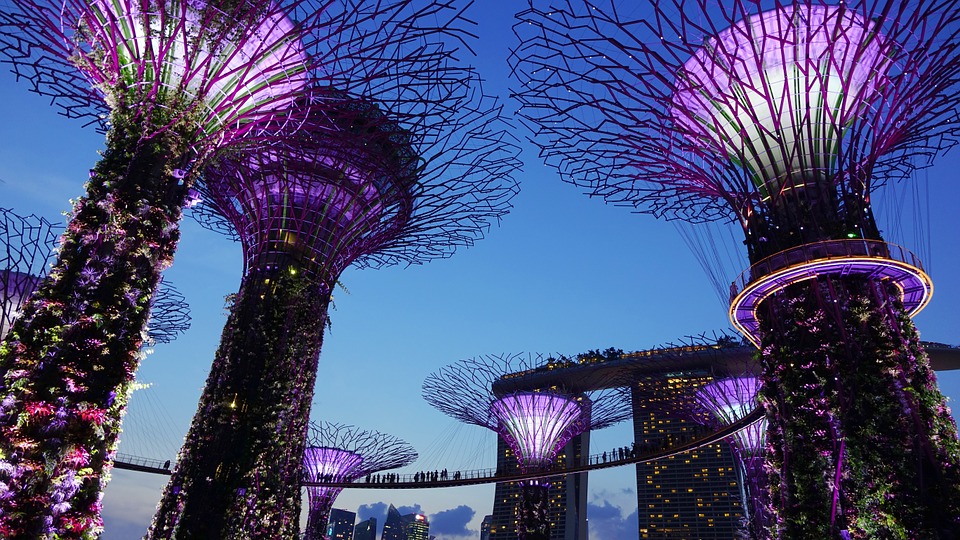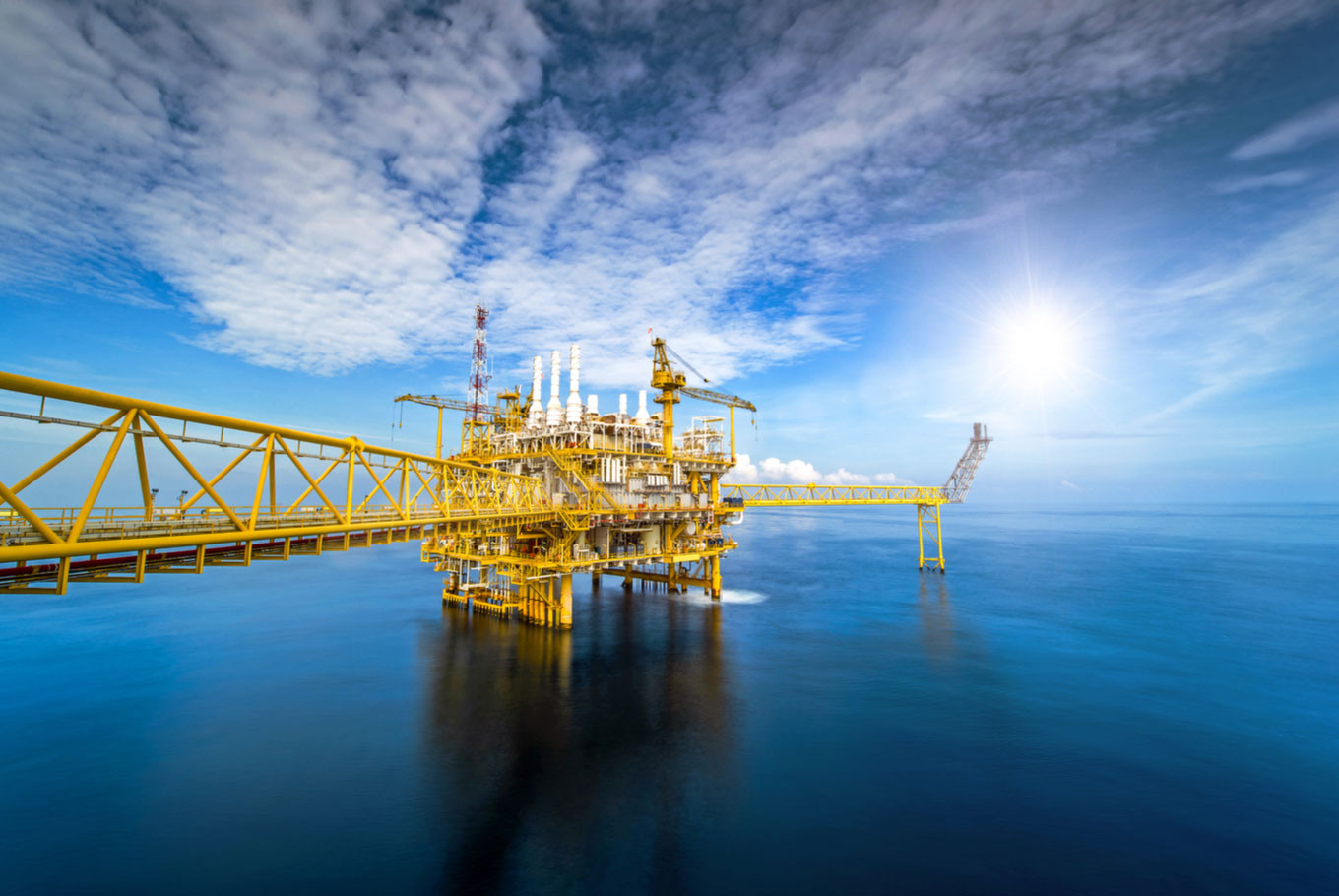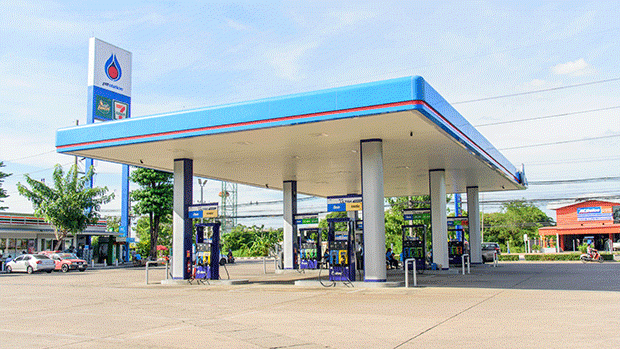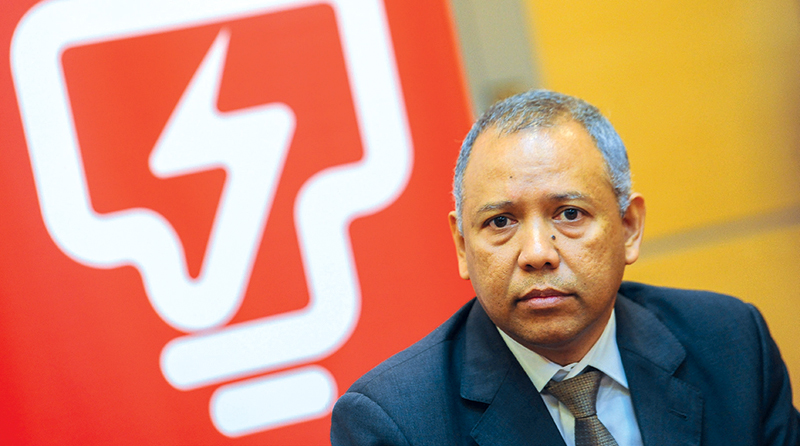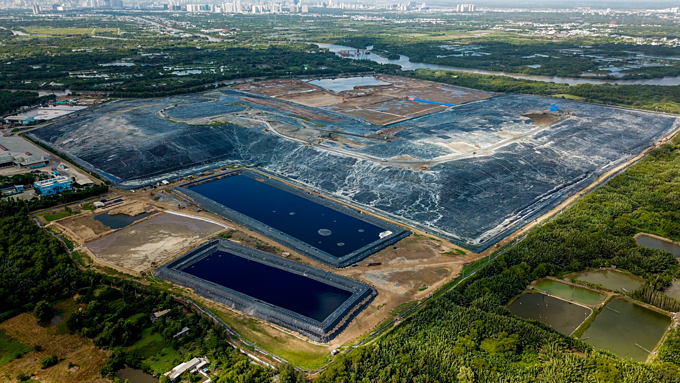It is now the time of the year when Ho Chi Minh City has high humidity and the southwest monsoon.
It also means the time when people living in its southern districts like 7 and Nha Be are hit hardest by the terrible stink from Da Phuoc, the city’s major landfill in Binh Chanh District.
This has been their lot since 2016.
In the Phu My Hung urban area in District 7, residents say they have to keep their windows shut and air conditioners on all the time, but the solution “isn’t working anymore.”
A local named Nguyen Son said: “We have to smell it [the odor] all day and every day. Sometimes it’s strong and sometimes it’s weak, but it never goes away.”
 |
|
A bird’s eye view of the Da Phuoc landfill in Binh Chanh District, Ho Chi Minh City’s main garbage dump, in June 2018. Photo by VnExpress/Quynh Tran.
|
People in Phu My Hung and in its vicinity have even set up Facebook groups where they share stories on how they live with the foul smell and discuss possible solutions.
Thomas Clarke, an expat from the U.K., wrote in one of those groups on Sunday: “I have had extremely unpleasant smells coming into our flat from a southerly wind for quite some time. The smell is always so bad that I run to close the doors and windows. For example, today at 4 p.m. the smell flooded our flat before I could close the windows. I am also aware of this smell around our complex.”
Operated by Vietnam Waste Solutions (VWS), the Da Phuoc Integrated Waste Management Facility receives 5,700 tons of domestic waste, or more than two thirds of the city’s total, daily.
So far VWS has been dealing with a majority of garbage simply by burying it, and this has been blamed for the pervasive stink.
HCMC, Vietnam’s biggest city, seeks to become the pioneer in sorting trash at homeand rolled out a plan for it last year. All households have to separate organic and inorganic waste after 2020 or pay a fine.
Since last November local authorities have been guiding households and businesses on sorting their daily waste into organic, recycled and other trash by putting labels on bins.
Until 2020 districts and communes can try various methods to achieve the optimal sorting process.
Nguyen Thi Kim Men, a solid waste treatment expert at the city environment department, said the purpose of the sorting is to reduce the amount of trash going straight into landfills.
If the garbage is classified properly, organic waste could be used to make compost, inorganic waste could be recycled and the rest could either be burned to produce electricity or buried, she told the media.
But the city is only encouraging people now to sort their waste, with only District 1 in the downtown actually enforcing the regulation, she said.
Bui Trong Hieu, chairman of the HCMC Urban Environment Company Limited, said of the 8,700 tons of trash discarded daily, plastic accounts for 1,800 tons but a mere 200 tons, or 11 percent, are collected for recycling.
At a meeting in May Nguyen Toan Thang, director of the environment department, said the city also generates 1,500-2,000 tons of industrial waste, 1,200-1,600 tons of construction debris, 22 tons of medical waste, and more than 2,000 tons of sludge daily.
He sounded a dire warning: If it continues to bury its garbage and does not find other ways to treat it, it would run out of space for landfills by next year.
HCMC is not alone in grappling with this problem. It has Hanoi and Da Nang for company.
Da Nang protest
During the first weekend of July garbage was piling up on Da Nang’s streets as people living near Khanh Son, the only landfill in the central city, blocked entry to it after failing to persuade authorities not to turn it into a solid waste treatment complex.
 |
|
A man drives past piles of trash on a Da Nang street during a protest in early July that saw locals block roads to the city’s only landfill. Photo by VnExpress/Nguyen Dong.
|
The landfill in Lien Chieu District receives 1,100 tons of garbage daily from 1.2 million Da Nang residents, hospitals and industries, has become overloaded and poses a threat of pollution. In use for nearly three decades, it has so far taken in 3.2 million tons and can only remain in operation for an estimated 200 more days.
For years people living near it have been demanding that authorities should move it away from the residential area, and the latter had promised it would be done this year. But in May the city did a U-turn and sought a piece of military land next to the dump to upgrade the landfill into a waste-treatment complex where garbage will be incinerated.
To Van Hung, director of the city environment department, said moving the landfill is not a rational solution.
“If we choose to move it, what will happen to the existing 3.2 million tons of trash?
“Upgrading the landfill into a waste treatment complex using advanced technology will help solve the pollution problem and also treat all the trash.”
But the protestors are not buying it.
Nguyen Thi Thanh told authorities at a meeting on July 6: “If the city can make sure the new technology would not cause pollution, it means the waste complex can be put up anywhere in the city and not necessarily in Khanh Son. We’ve had more than enough for over 30 years.”
Ho Thi Hiep, another Da Nang resident, was skeptical about the waste-to-energy plan.
“We the public only ask for clean air for our children and grandchildren. It doesn’t make sense if our generation suffers the odor from the landfill and later generations suffer polluted air [from burning the trash],” said Hiep, who was under treatment but asked to be discharged temporarily from hospital just to attend the meeting.
Another local named Nha said many people in her neighborhood have thought of moving away but property prices in other parts of the city are too high and no one wants to buy houses near Khanh Son.
Despite their voices, the authorities stick to the plan to expand the landfill, and within two days got the police to clear the blockade and let garbage trucks into the landfill.
Hanoi too
In early July the capital, Hanoi, too saw protestors blocking roads leading to its Nam Son landfill.
These were people living near the landfill for two decades protesting against the failure to relocate them last year as promised and to announce compensation rates for their agricultural lands. Some were also protesting the fact they were to be moved just more than a kilometer from the landfill, and wanted to be relocated further away.
They set up barriers and tents around the waste complex, preventing garbage trucks from entering, causing rubbish to remain uncollected and pile up in many parts of the city.
 |
|
Piles of garbage on a Hanoi street during a protest in early July when people blocked garbage trucks from entering Nam Son, the city’s biggest landfill. Photo by VnExpress/Ngoc Thanh.
|
Six days later the city agreed to pay higher rates of compensation, and the protestors dispersed.
The plan to move 1,100 families living within 500 meters of Nam Son was announced last January at a cost of VND3.4 trillion ($147 million). It followed a similar blockade last year when protestors complained that the authorities had been slow to compensate and move out people suffering from the complex’s harmful environmental.
The Nam Son landfill, built in 1999, spreads over 157 hectares (390 acres) but more than half of it has been filled up with trash. It receives almost 5,000 tons of garbage a day, and will be able to take no more after December 2020, according to the Hanoi Urban Environment Company.
Hanoi generates 6,500 tons of solid domestic waste daily and 89 percent of it is buried, according to official data.
Late year, at a meeting with the construction department, Hoang Trung Hai, the city’s party chief, said he had become “impatient” with the delays in building waste treatment plants and the city “has no way back.”
A national headache
Urban areas around Vietnam, home to a third of its population, discard 38,000 tons of domestic waste every day, more than half of the country’s total.
Nguyen Thuong Hien, head of the Vietnam Environment Administration’s waste management department, said: “70 percent of the trash is buried but many of the landfills do not meet environmental requirements, upsetting people living nearby.”
There is no solid waste treatment model in the country that meets all technical, economic, social, and environmental requirements, he said.
Burying a majority of the waste not only pollutes the environment but also means the country is unable to recycle garbage, he said.
Dang Hung Vo, a scientist and former deputy environment minister, said the fact that Vietnam buries 70 percent of its garbage poses a threat to its groundwater and wasteland.
He said the government should bring this rate down to below 20 percent.
According to a 2017 report titled Waste Management in ASEAN Countries by the United Nations Environment Program, Vietnam is in the same position as Thailand, Malaysia, Indonesia, Laos, and Brunei, which sort less than half their municipal solid waste, while Myanmar classifies half its garbage, the Philippines manages 50-70 percent and Singapore more than 70 percent.
While Vietnam buries a majority of its trash and turns some into compost, Singapore, Thailand, Indonesia, Malaysia, Myanmar burn their garbage to generate electricity.
 |
|
All sorts of trash endup at a temporary landfill in Hanoi following a protest by people living near the Nam Son landfill in early July 2019. Photo by VnExpress/Ngoc Thanh.
|
Deputy Minister of Planning and Investment Dang Huy Dong said the key to handling garbage is technology.
Burying trash is only an option for large countries with a low population density, whereas Vietnam has 96 million people and high population density, especially in urban areas.
Meanwhile, burning trash, either to get rid of it or generate electricity is akin to using coal, a method the world is trying to eliminate because of its serious health impacts, he said.
“We are unable to sort solid waste at source, and so burning trash will create dioxin, and only the most advanced technologies can prevent that from happening.”
Dioxin is highly toxic and can cause reproductive and developmental problems, damage the immune system, interfere with hormones, and even cause cancer. Besides, the current burning methods cannot guarantee safety, he said.
He suggested Vietnam should choose gasification to deal with its trash since this technique generates carbon from which charcoal can be produced to fertilize farmlands.
One of the reasons for the failure to develop waste-treatment techniques in Vietnam is the absence of a transparent and competitive environment that attracts investment in research, he said.
Hien of the Vietnam Environment Administration said sophisticated waste treatment complexes cost a lot of money and most cities and provinces cannot afford them.
Hanoi and HCMC spend VND1.2-1.5 trillion ($52-65 million) a year, or around 3.5 percent of their budget, on collecting and treating waste.
But attracting private investment in waste treatment has proved very difficult due to the complicated procedures involved.
This is due a great deal to the fact that a single agency is not responsible for this, he said.
The Ministry of Natural Resources and Environment has responsibility for technical guidelines and management procedures in classifying, processing and getting electricity from garbage, but it is the Ministry of Construction that oversees investment in waste treatment facilities, cost management and valuation of waste treatment services.


